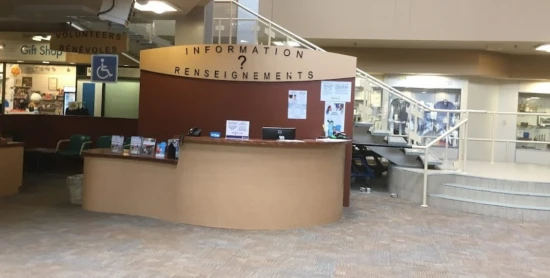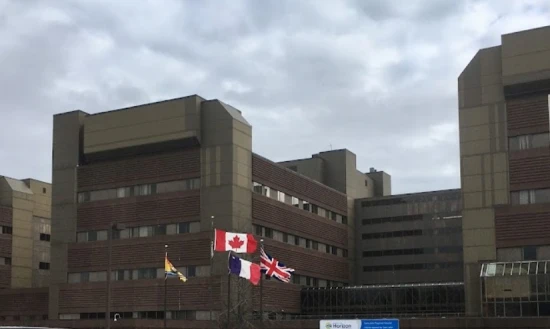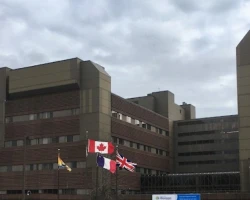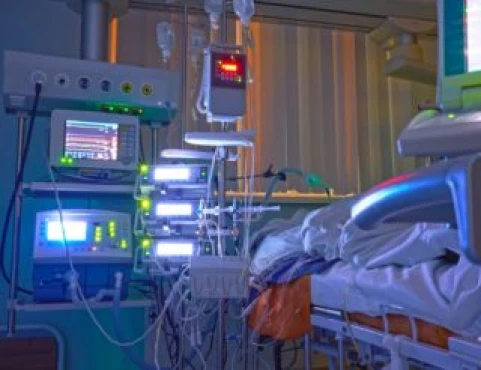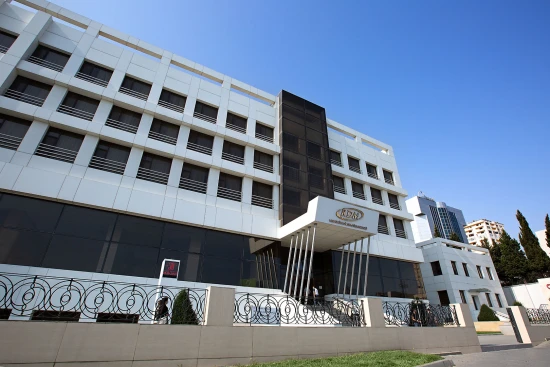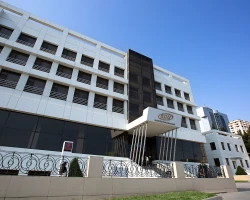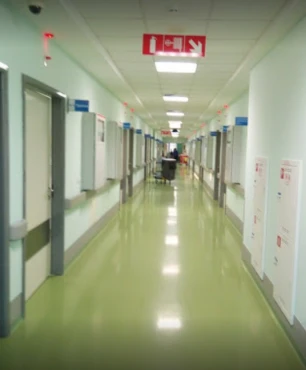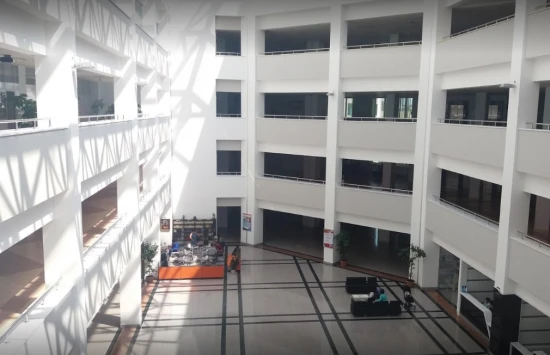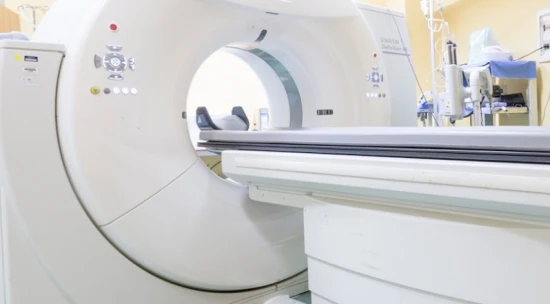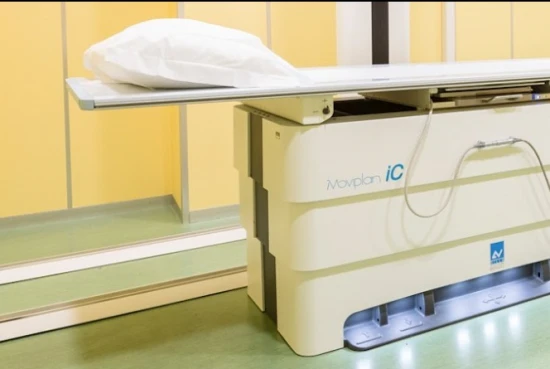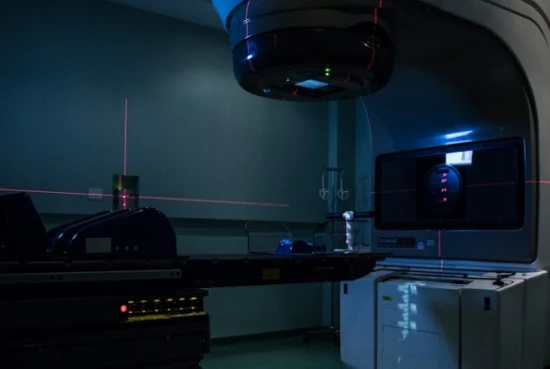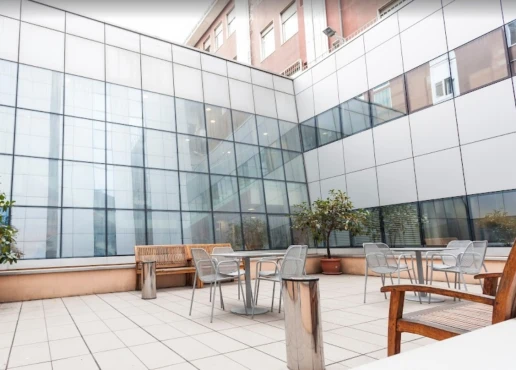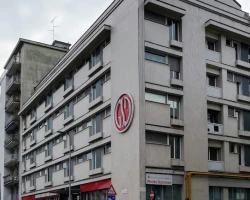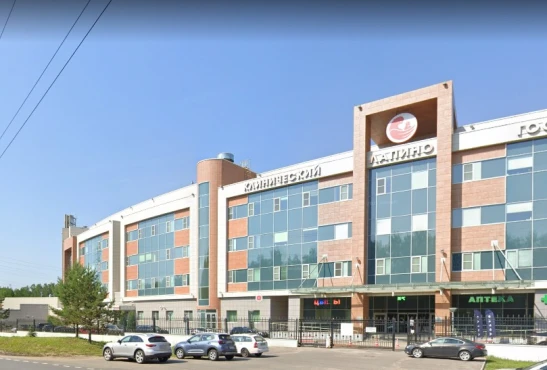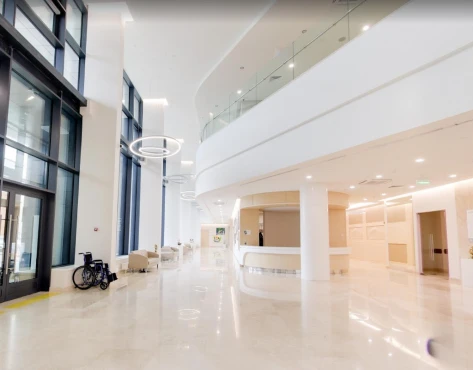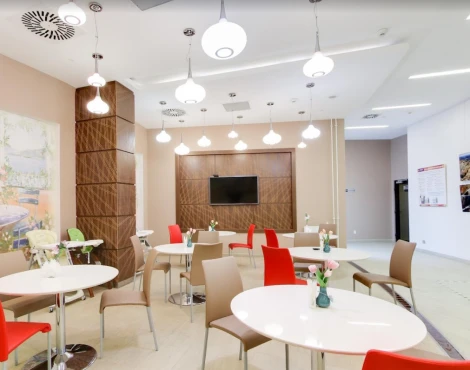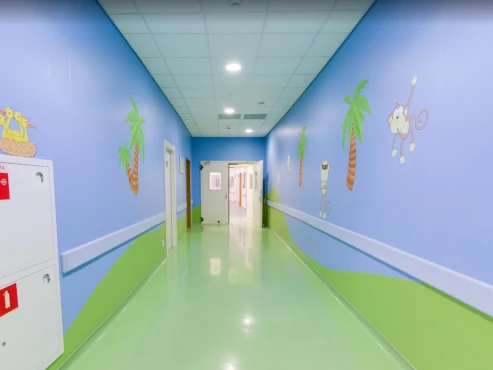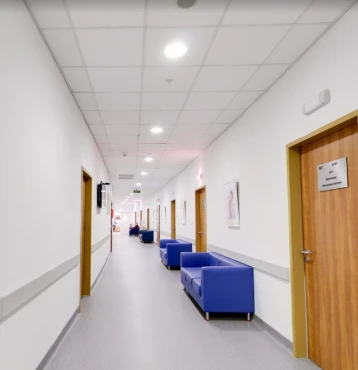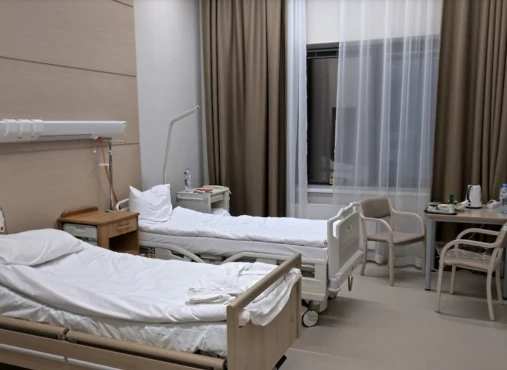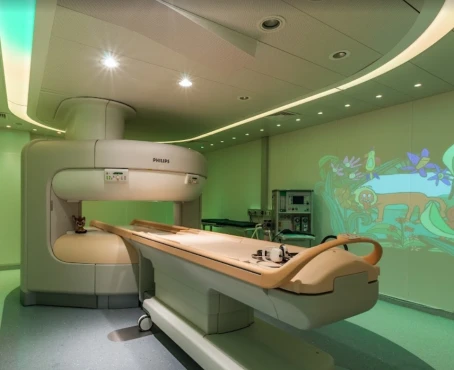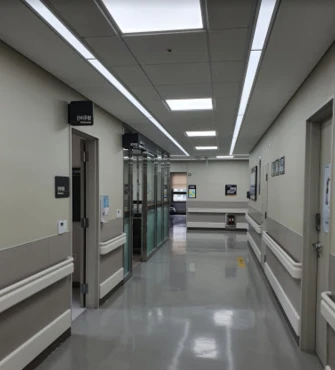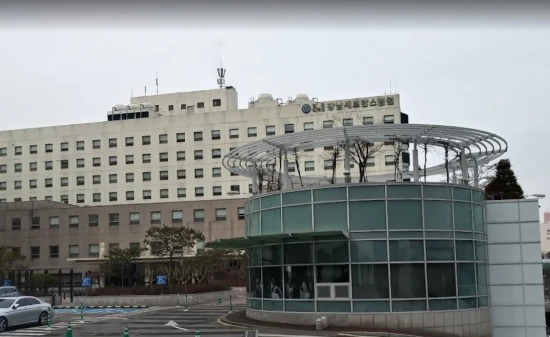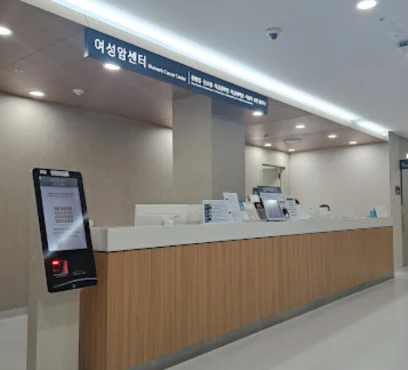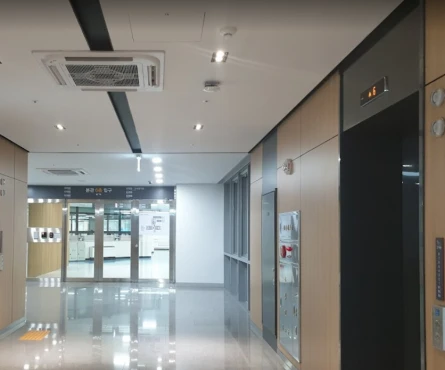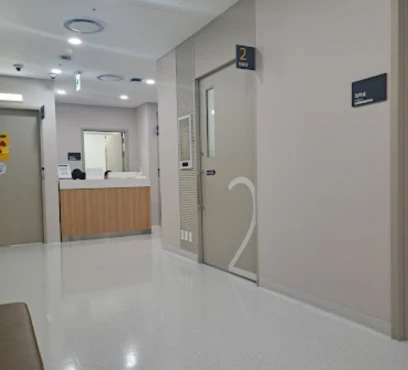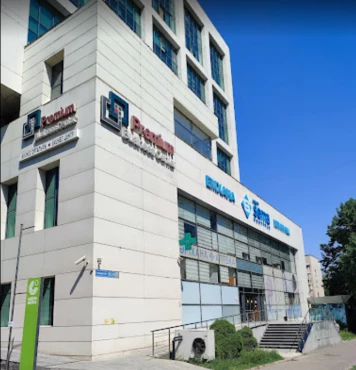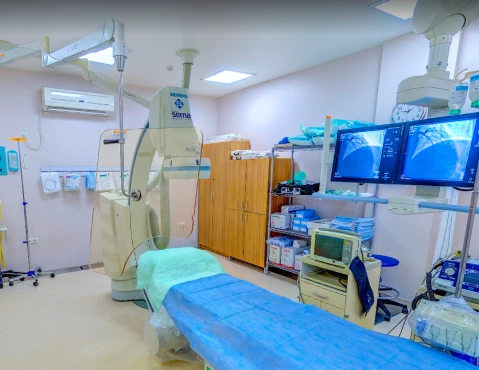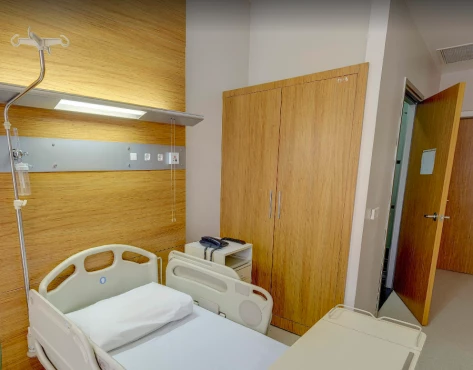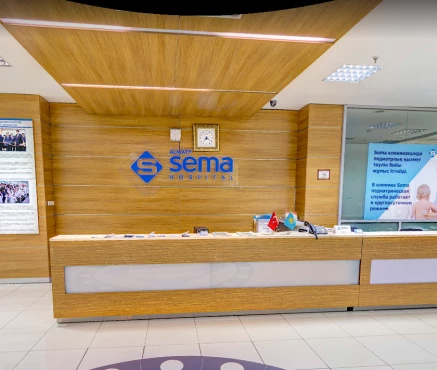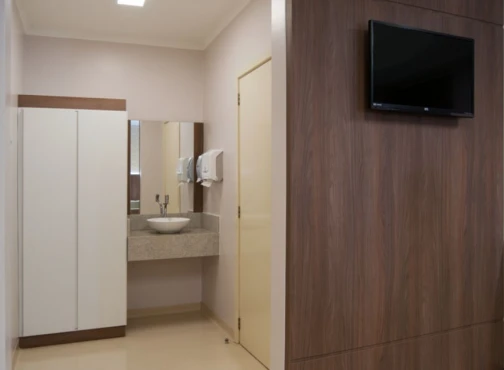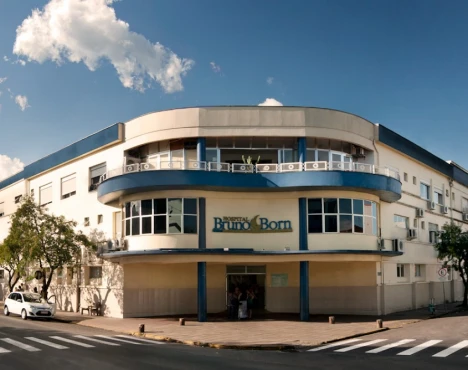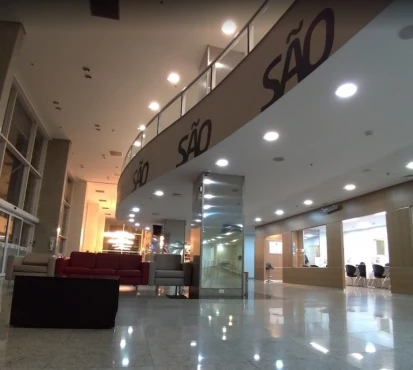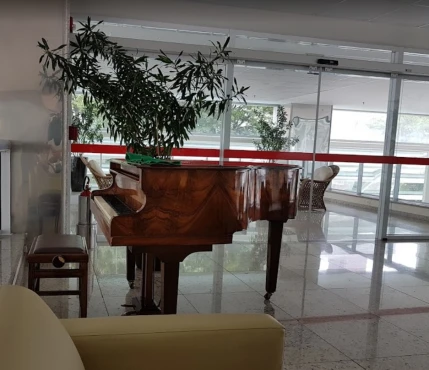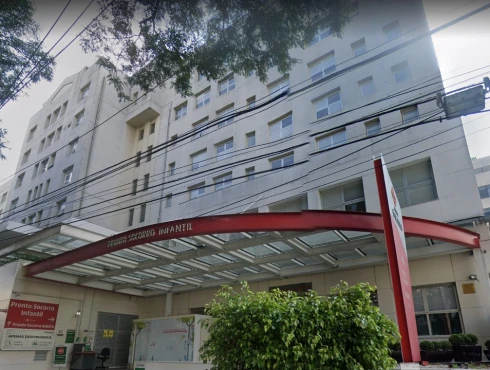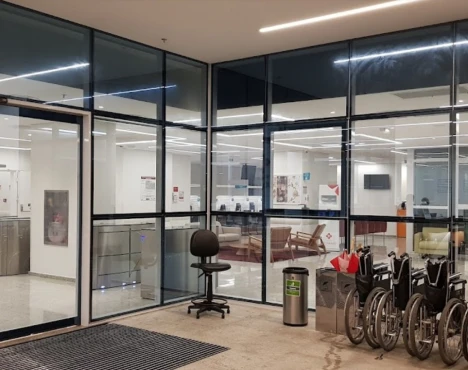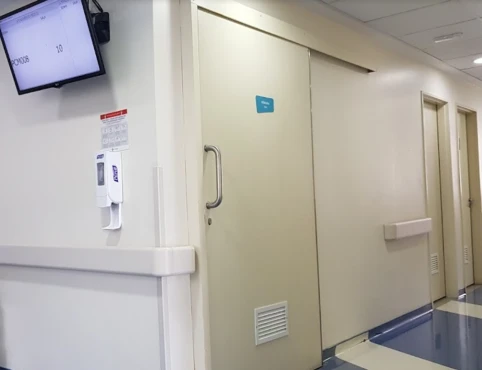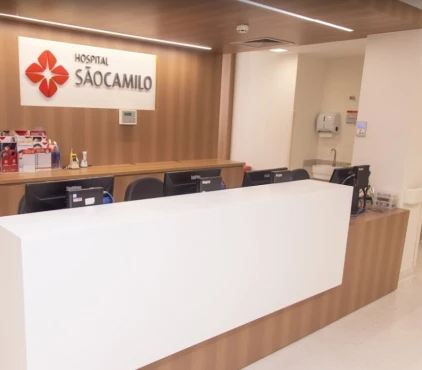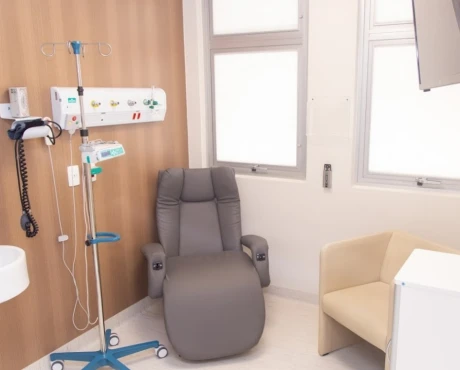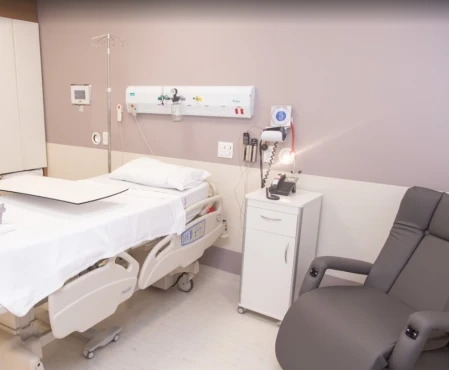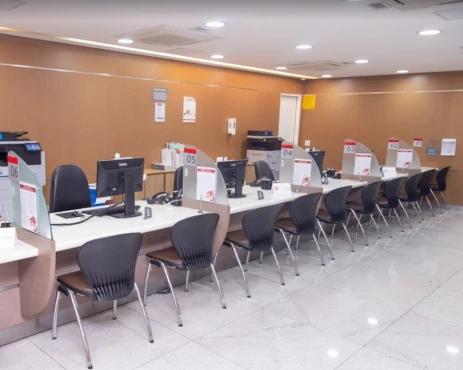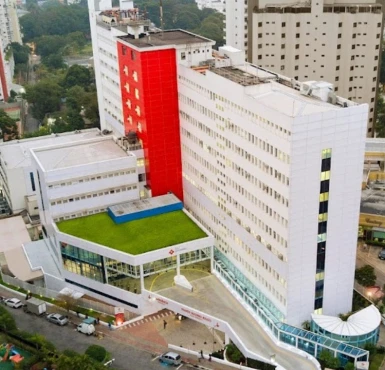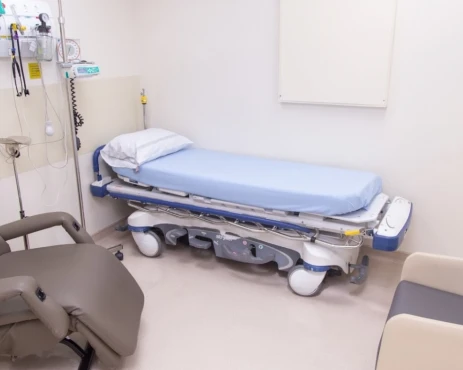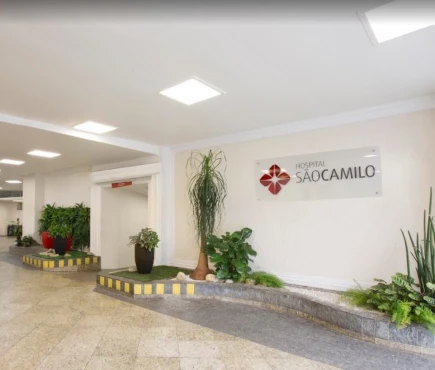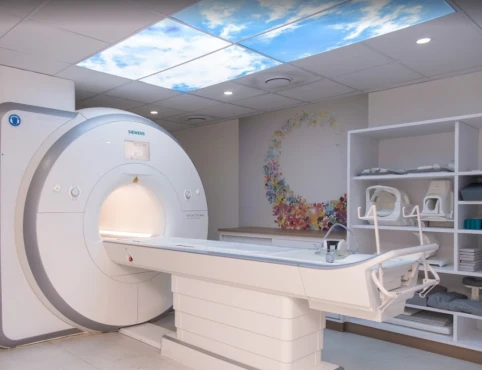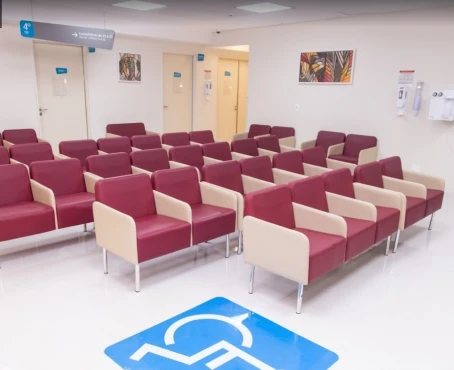Aortic valve stenosis treatment in 6 Cardiac surgery and Vascular surgery clinics worldwide with additional parameter
6 clinics specializing in Cardiac surgery and Vascular surgery providing treatment of
Aortic valve stenosis
Aortic valve stenosis is a condition where the aortic valve becomes narrowed, obstructing blood flow from the heart. It can result in symptoms such as chest pain, breathlessness, and may require valve replacement surgery.
Read more...
disease worldwidewith additional parameter of rating.
Sorted by:
Relevance
Rating
Relevance
Prices for popular procedures:
Prices for popular procedures:
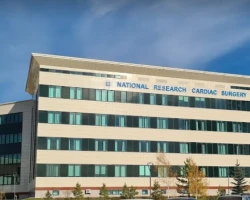
Astana, Kazakhstan
Specializations: Cardiac surgery, Vascular surgery, Thoracic surgery, Orthopedic surgery
Languages: English, Russian
«National Research Cardiac Surgery Center» JSC was built on the instructions of the Head of State N.A. Nazarbayev to improve access tertiary cardiologic, cardiac surgery
read more
Prices for popular procedures:
Prices for popular procedures:
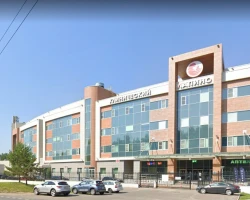
Moscow, Russia
Specializations: Cardiac surgery, Vascular surgery, Thoracic surgery, Neurosurgery, Spine surgery, Orthopedic surgery, Oncology
Clinical Hospital "Lapino" is a worthy alternative to diagnostics and treatment abroad. The multidisciplinary medical center, with an area of 42,000 square meters, is located
read more
Prices for popular procedures:
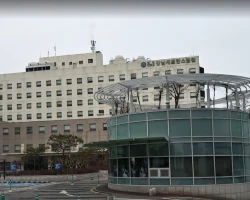
Seoul, South Korea
Specializations: Cardiac surgery, Vascular surgery, Thoracic surgery, Neurosurgery, Spine surgery, Orthopedic surgery, Oncology
Languages: Arabic, Chinese, English, Japanese, Russian
Gangnam Severance Hospital was opened in 1983 by Yonsei University Health System to expand its medical business and establish a stronghold for healthcare delivery in
read more
Relevant clinics
Perhaps you should consider the following relevant clinics we have found basing on your selection.
Prices for popular procedures:

Seoul, South Korea
Specializations: Cardiac surgery, Vascular surgery, Thoracic surgery, Neurosurgery, Spine surgery, Orthopedic surgery, Oncology, Dentistry
The hospital is fully devoted to elevating its medical service quality by introducing state-of-the-art equipment and systems such as Robot surgery, Linear Accelerator, 3.0T MRI,
read more
Prices for popular procedures:
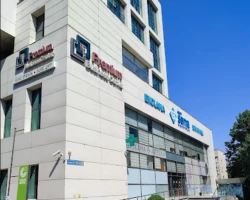
Almaty, Kazakhstan
Specializations: Cardiac surgery, Vascular surgery, Thoracic surgery, Neurosurgery, Spine surgery, Orthopedic surgery, Oncology, Dentistry
Languages: English, Russian
At the Almaty SEMA Hospital Clinic, you can get a full range of medical services provided by our leading specialists. Whether you need a small
read more
Prices for popular procedures:
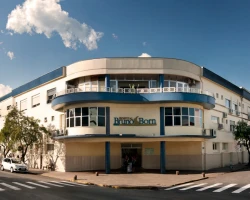
Lajeado, Brazil
Specializations: Cardiac surgery, Vascular surgery, Thoracic surgery, Neurosurgery, Orthopedic surgery, Oncology
Bruno Born Hospital is a philanthropic institution, with more than 80 years. It is registered with the National, State and Municipal Councils of Social Assistance
read more
Prices for popular procedures:
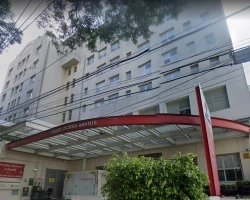
São Paulo, Brazil
Specializations: Cardiac surgery, Vascular surgery, Thoracic surgery, Neurosurgery, Spine surgery, Orthopedic surgery, Oncology
Hospital São Camilo Pompeia has followed, over the years, the growth of the population and the scientific and technological advances aimed at medical and
read more
Prices for popular procedures:
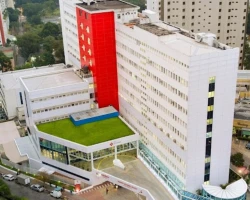
São Paulo, Brazil
Specializations: Cardiac surgery, Vascular surgery, Thoracic surgery, Neurosurgery, Spine surgery, Orthopedic surgery, Oncology
Integrated into the São Camilo de São Paulo Hospitals Network in March 1979, the Santana Unit has an agile and modern structure implemented to offer
read more
Prices for popular procedures:
Clinics grouping by rating
All the scored clinics have the same rating of 5, clinic with the most reviews number of 8 — IRCCS Ospedale Galeazzi - Sant'Ambrogio in Milan, Italy.
Countries with the highest number of clinics treating the diseases:
Aortic valve stenosis:
worldwide
678 clinics
Brazil
41 clinics
Germany
41 clinics
India
39 clinics
Colombia
29 clinics
Turkey
29 clinics
Related procedures:
Procedures are likely to be used for Aortic valve stenosis treatment:
Aortic valve replacement (AVR),
Aortography,
Balloon valvuloplasty,
Bio-prosthetic valve replacement,
and
Double valve replacement
.
